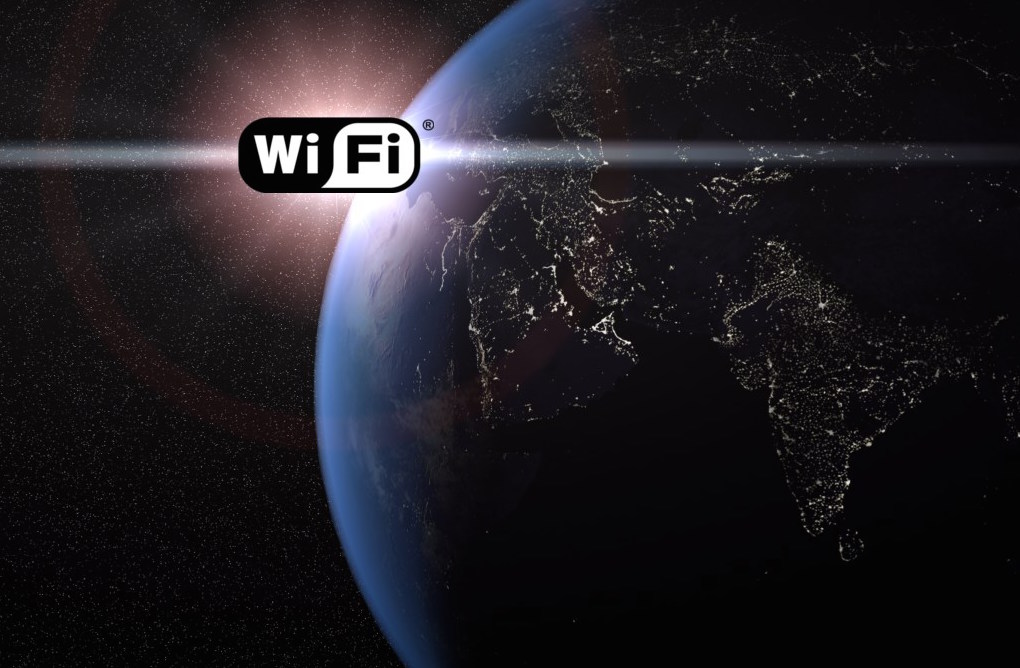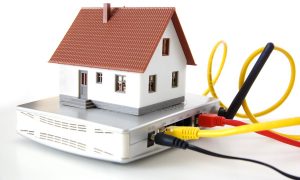Even though wireless Internet is a very recent invention, sometimes it’s hard to imagine life without it. Most of us have probably spent more time than we’d care to admit sitting on the couch with a laptop, lying in bed surfing on a smartphone, or using a set top box all powered by precious, precious Wi-Fi.
When it doesn’t work properly, we definitely notice. We don’t necessarily think about why Wi-Fi is slow, we just want it to work the way it should. Immediately.
Unfortunately, there are lots of things that can get between you and your Wi-Fi. Whether it’s other wireless devices in the area or physical barriers, Wi-Fi has its fair share of enemies.
That’s not to say that you’re powerless in the face of adversity. Once you know what to look out for and understand why Wi-Fi is slow, and figure out how to speed up Wi-Fi. You can work around some known Wi-Fi killers to restore your wireless network to its former glory, or maybe even speed it up to new highs.
Other Wi-Fi Networks
One of the most common causes for Wi-Fi interference is other Wi-Fi signals. It happens all the time.
Wi-Fi signals all have channels, just like a walkie-talkie. That means that if you and your neighbor both have Wi-Fi networks running on the same channel, the results won’t be pretty for either of you.
This kind of Wi-Fi interference can cause your Internet connection to feel slow, sporadic, and intermittent. It’s a frustrating situation that can ruin your Internet experience.

The Solution: Change the channel on your wireless router, or switch to a 5 GHz router. Changing channels can solve your interference problem outright, or the 5 GHz band provides so many channels that you don’t even have to worry about interference.
The process to change your channel is easy enough, but it is unique to the brand of router you’re using. There should be instructions with the user’s manual, or you can save a little time and just do an Internet search for whatever model of router you have.
Other Wireless Devices
If you have a physical landline at your home, and you use an older cordless phone, there is a good chance that it is interfering with your Wi-Fi signal. That is becoming less of an issue as phone manufacturers shield the phones, plus less and less people even have landlines these days, but it is a common example of the type of interference you may come across.
Cordless phones are, unfortunately, just one of many electronic devices that can interfere with your Wi-Fi network. Baby monitors, older Bluetooth devices, and even microwaves can all scramble your Wi-Fi signal.
The Solution: Know your wireless devices. Once you start checking what frequencies your wireless devices run on, you can begin to look out for potential interference. Updating old appliances and electronics can help too, but if this isn’t an option, just be aware of the interference. Think of it like an old water heater, where flushing a toilet when someone was taking a shower could lead to hilarity/tragedy.
Physical Barriers
While Wi-Fi can travel straight through walls and ceilings, it doesn’t do so easily. For every wall, ceiling, and piece of furniture that your Wi-Fi signal has to pass through, it loses some of its strength.

The Solution: Position your wireless router in a clear, centralized location. With a little bit of planning, you can usually find a good position for your router that’s free of physical obstruction.
Armed with these tips on how to speed up Wif-Fi, you can can conquer all of your Wi-Fi’s enemies, leaving you with a pleasant, worry-free Internet experience.


